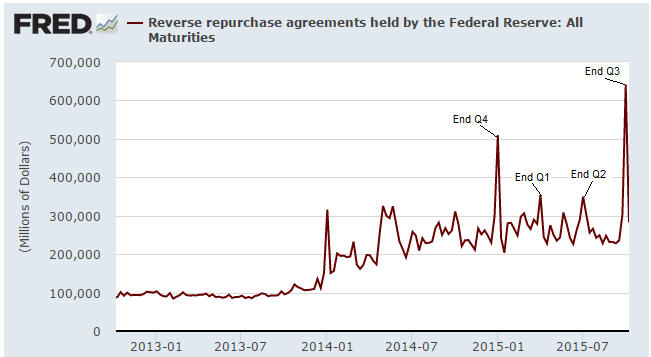Early last year I gave banking behemoth Goldman Sachs (GS) credit for looking in the right direction for clues regarding gold’s likely performance, which is something that most gold bulls were not doing. In November I again gave them credit, because, even though I doubted that the US$ gold price would get close to GS’s $1050/oz price target for 2014, their overall analysis had been more right than wrong. It was clear that up to that point the US economy had performed better than I had expected and roughly in line with the GS forecast, which was the main reason that gold had remained under pressure; albeit, not as much pressure as GS had anticipated.
But this year it was a different story. Here’s what I wrote in a TSI commentary in January-2015:
“This year, GS’s gold market analysis begins on the right track by stating that stronger US growth should support higher real US interest rates, which would be bearish for gold. Although we expect that the US economy will ‘tread water’ at best and that real US interest rates will be flat-to-lower over the course of this year, GS’s logic is correct. What we mean is that IF the US economy strengthens and IF real US interest rates trend upward in response, there will be irresistible downward pressure on the US$ gold price.
However, the analysis then goes off the rails. After mentioning something that matters (the real interest rate), the authors of the GS gold-market analysis then try to support their bearish case by listing factors that are either irrelevant or wrong. It actually seems as if they’ve taken the worst arguments routinely put forward by gold bulls and tried to use the same hopelessly flawed logic to support a bearish forecast.
For example, they argue that the demand for gold will fall because “inflation” levels are declining along with oil prices. They are therefore unaware, it seems, that “price inflation” has never been an important driver of the gold market and that the latest two multi-year gold rallies began with both “inflation” and inflation expectations low and in declining trends. They also appear to be unaware that the large decline in the oil price is very bullish for the gold-mining industry.
Their analysis then gets even worse, as they imply that the price weakness of the preceding three years is a reason to expect future weakness, whereas the opposite is closer to the truth. They go on to cite outflows from exchange-traded funds (ETFs) and reduced investment in gold coins as bearish influences, apparently unaware that the volume of gold coins traded in a year is always too small to have a noticeable effect on the price and that the change in ETF inventory is a follower, not a driver, of the gold price.
Finally, just when it seems as if their analysis can’t possibly go further off track, it does by asserting that lower jewellery demand and a greater amount of producer hedging will add to the downward pressure on the gold price. The facts are that jewellery demand has always been irrelevant to gold’s price trend and that gold producers are part of the ‘dumb money’ (meaning: they tend to add hedges at low prices and remove hedges at high prices, that is, they tend to do the opposite of what they should be doing based on gold’s intermediate-term risk/reward).”
I concluded by stating that in 2014 the GS analysts were close to being right for roughly the right reasons, but that in 2015 they could not possibly be right for the right reasons. They would either be right for the wrong reasons, or they would be wrong.
At this stage it looks like they are going to be wrong about 2015, but not dramatically so. My guess is that gold will end this year in the $1100-$1200 range, thus not meeting the expectations of GS and other high-profile bears and at the same time not meeting the expectations of the bulls. However, GS is on record as predicting a US$1000/oz or lower gold price for the end of next year. I think that this forecast will miss by a wide margin, but I’m not going to make a specific price forecast for end-2016. Anyone who thinks they can come up with a high-probability forecast of where gold will be trading 15 months from now is kidding themselves.
 Print This Post
Print This Post


